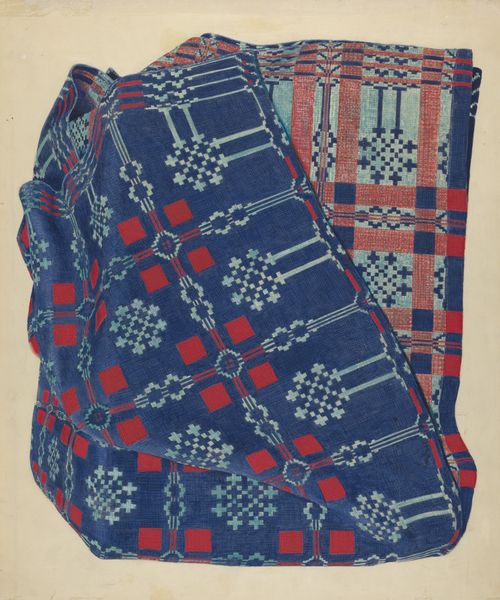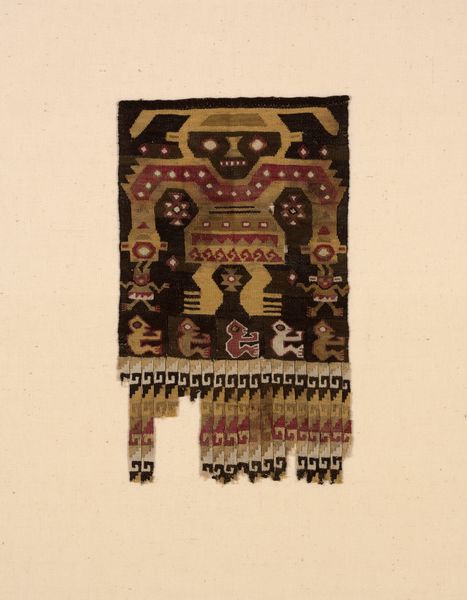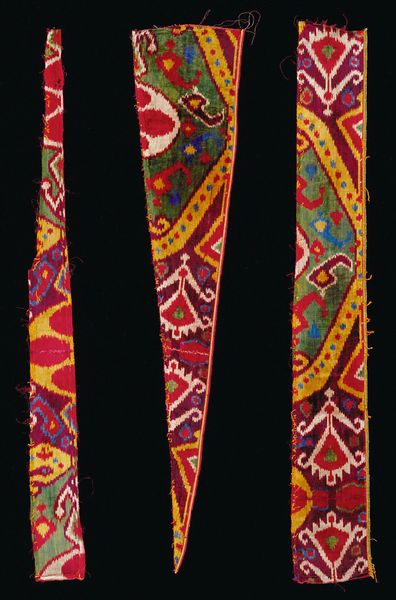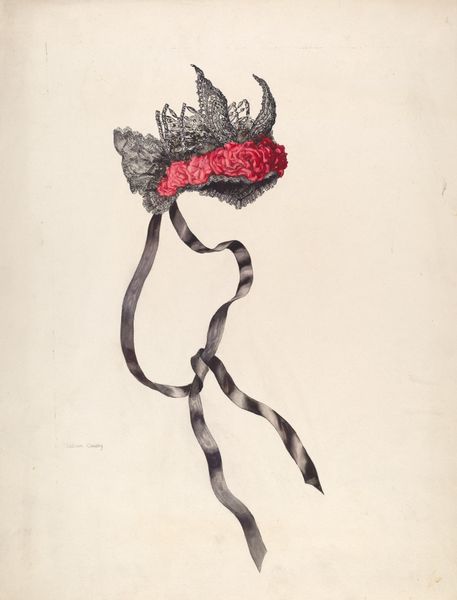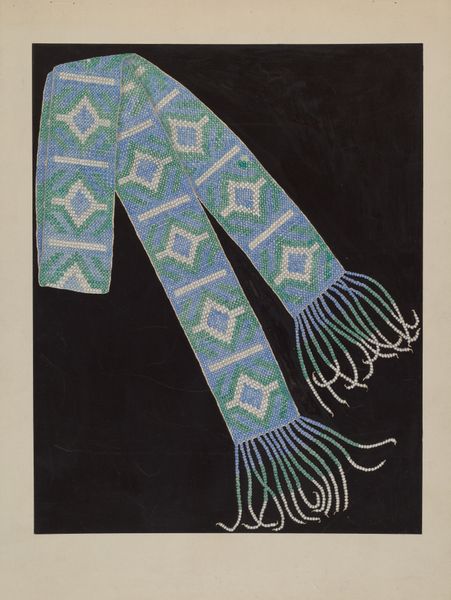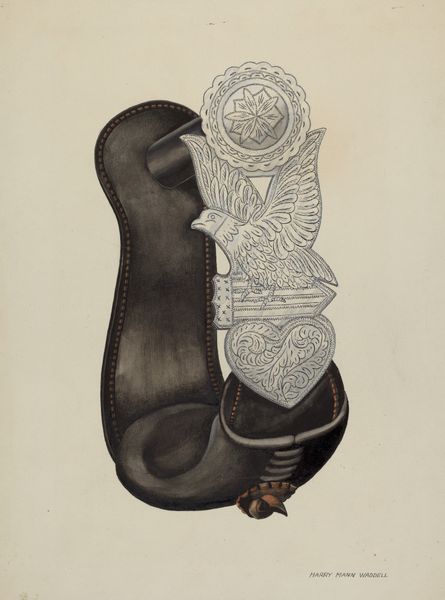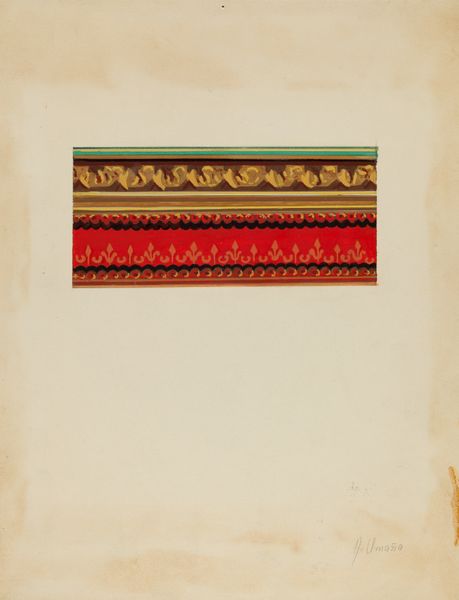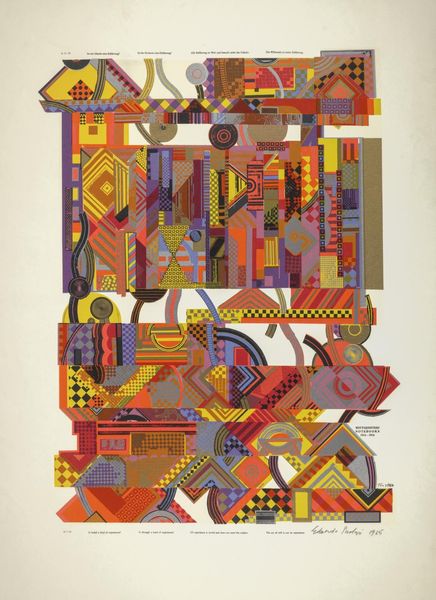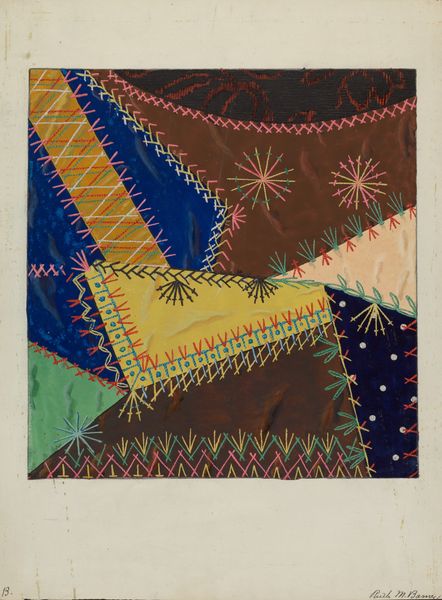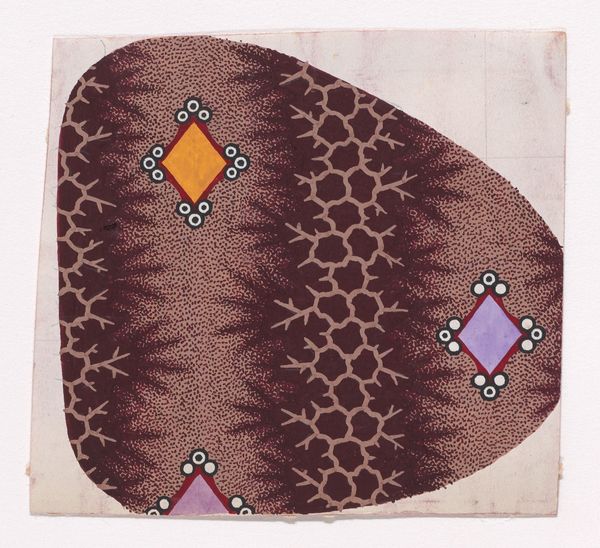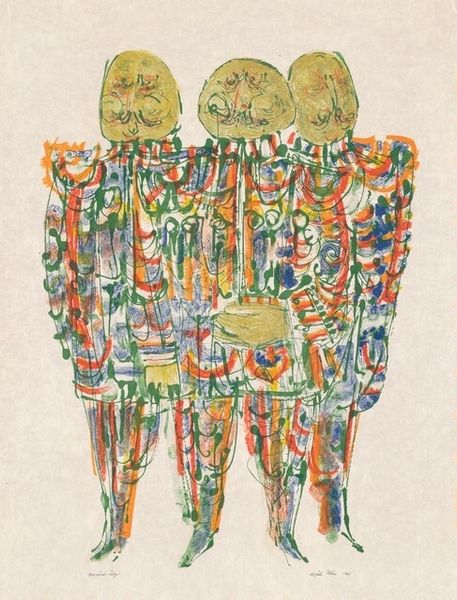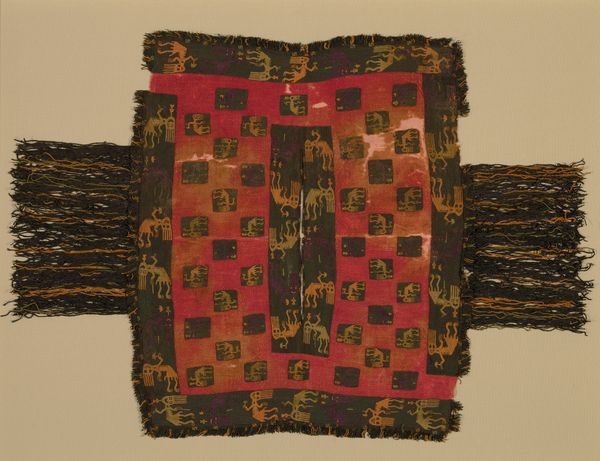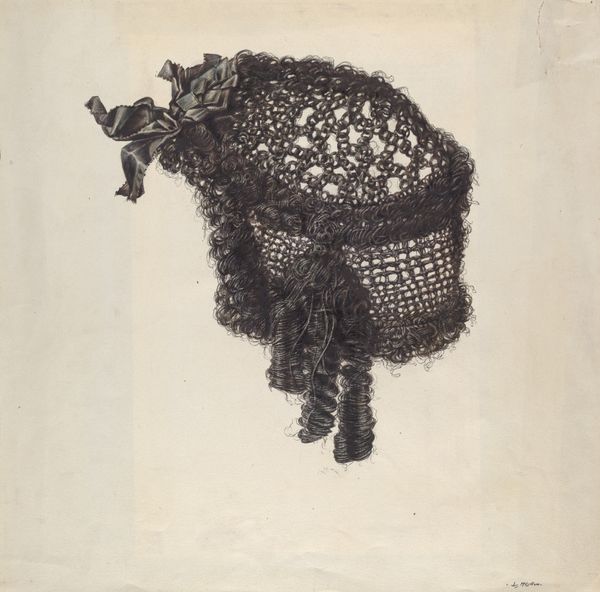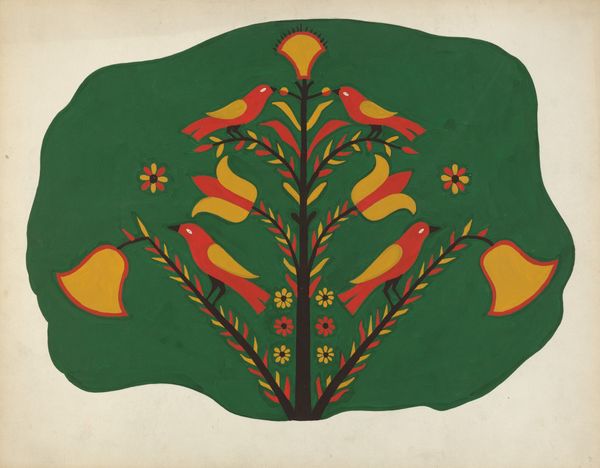
Fragment from the Topacu Waistband of a Tunic (Uncu) Possibly 1532 - 1700
0:00
0:00
weaving, textile
#
decorative element
#
weaving
#
textile
#
folk art
#
geometric
#
decorative art
#
indigenous-americas
Dimensions: 25.1 × 43.4 cm (9 7/8 × 17 1/8 in.)
Copyright: Public Domain
Editor: Here we have a textile fragment, specifically a section from the Topacu Waistband of a Tunic, likely dating from 1532 to 1700 and created by the Inca people. It's striking how geometric and precise the weaving is in the upper section. How do you approach a piece like this? Curator: As a materialist, I'm most interested in understanding how this fragment can reveal information about Inca society through its production. Who wove it? What materials were available? This isn't just decoration, but a testament to skilled labor. Editor: So, you see the process of creation as integral to its meaning? The geometric patterns too? Curator: Absolutely. These textiles were painstakingly created, likely by specialized weavers, with restricted access to these materials. This immediately speaks to social structures and potentially resource control within the Inca Empire. What significance do the colours carry, and how did they derive them from natural sources? It represents not just art, but complex networks of material resources and expertise. The question also then arises if there are different colours used, where did these come from and what does this show us about trade and commerce routes at the time? Editor: That makes me think differently about it. I was focusing on the aesthetic, but I see what you mean about it reflecting society's inner workings. Curator: Precisely. The consumption of luxury goods reveals details about class. Think about how the raw materials such as cotton or alpaca would need to be acquired. And the production of tunics as likely indicators of elite status underscores its meaning. Editor: It's fascinating to consider it from that perspective – from raw material to finished piece as a product of human work, hierarchical roles, and social practices. It enriches the view I had previously on folk art. Curator: Agreed, by studying it through materials and its makers, rather than just admiring its appearance, we can reveal the power dynamics embedded within this fragment.
Comments
No comments
Be the first to comment and join the conversation on the ultimate creative platform.
